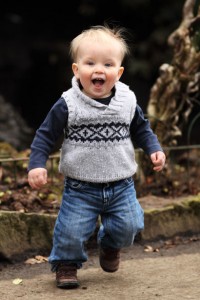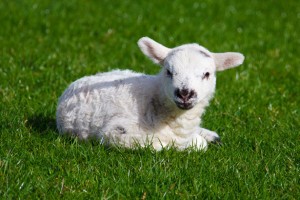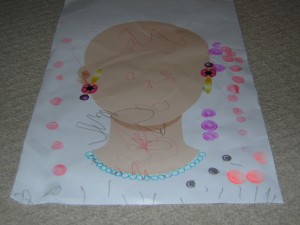The calendar says today is the first day of spring although the sun crossed the equator yesterday; that gave me the idea for today’s kindergarten readiness activity. The Equator is the mid-line of the planet. Our bodies have an imaginary mid-line too but it goes from the top of the head to the nose, tummy button and all the way down to between our feet. The body’s midline is critically important when it comes to the brain.
We all know that there are 2 sides to the brain, the left and right. When 1 part of the body such as the hand or foot crosses over this mid-line to the other side of the body, the brain also starts to cross-connect. These new brain connections help the two sides of the brain to work and to organize together. When babies are little they will use their right hand on the right side of their body and their left hand on the left side. Soon they can organize their brains and coordinate their bodies to explore moving and crawling. Crawling involves crossing the midline as a hand moves on one side but the knee moves on the other side. That takes lots of brain power and cross connecting.

Parents and caregivers can help kids of all ages develop this skill. With babies we can move their arms for them as we dress them, change them and play. With toddlers we can show them how to cross their arms to give themselves a bear hug and how to sit criss-cross applesauce. For older kids we can play clapping games. Of course, crawling and running are two movement activities that help kids develop their thinking so kids need time and space to move. They can do that all by themselves; we only have to reorganize the house and yard so there’s safe spaces for them to move and try not to get tired out just watching them!
Have a great first day of spring. What brain-body activities can you and your child do today that cross the Equator…er mid-line?


